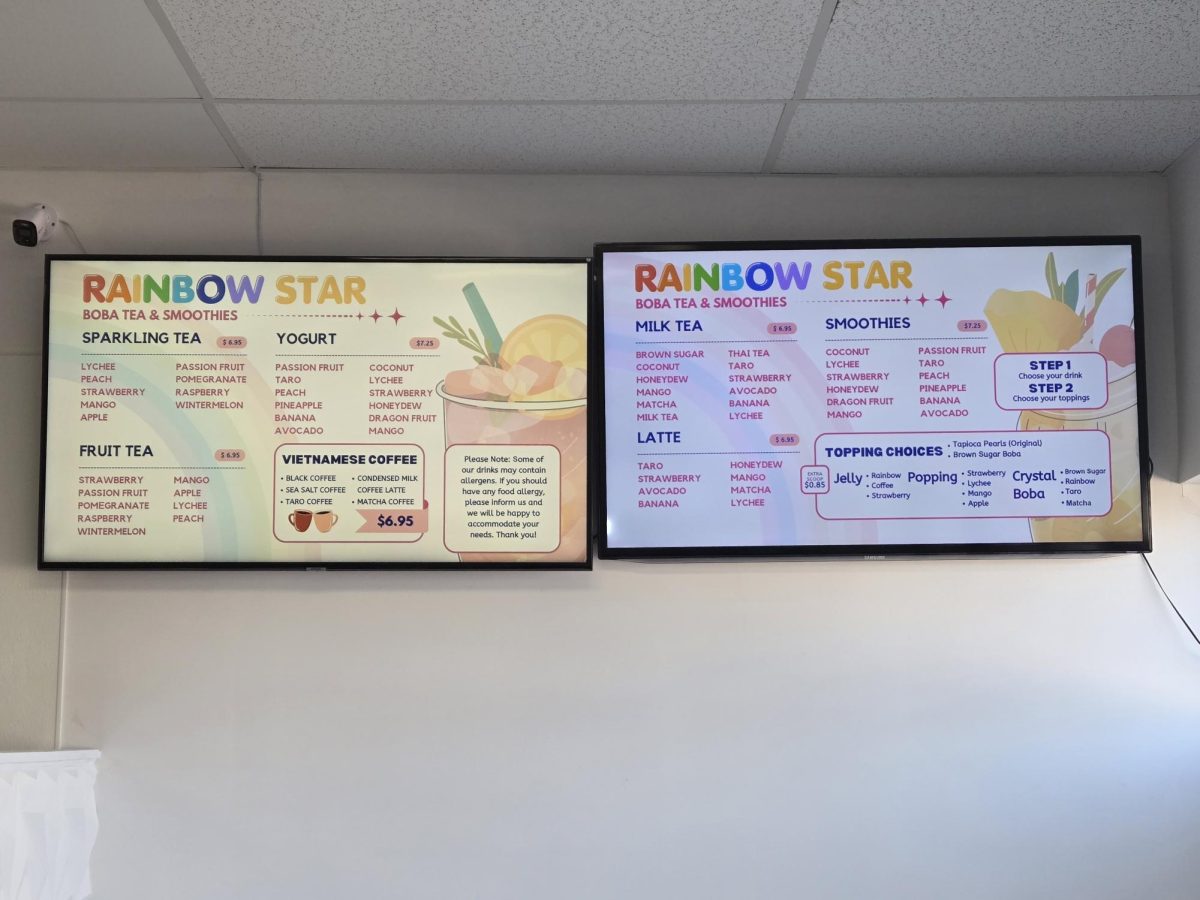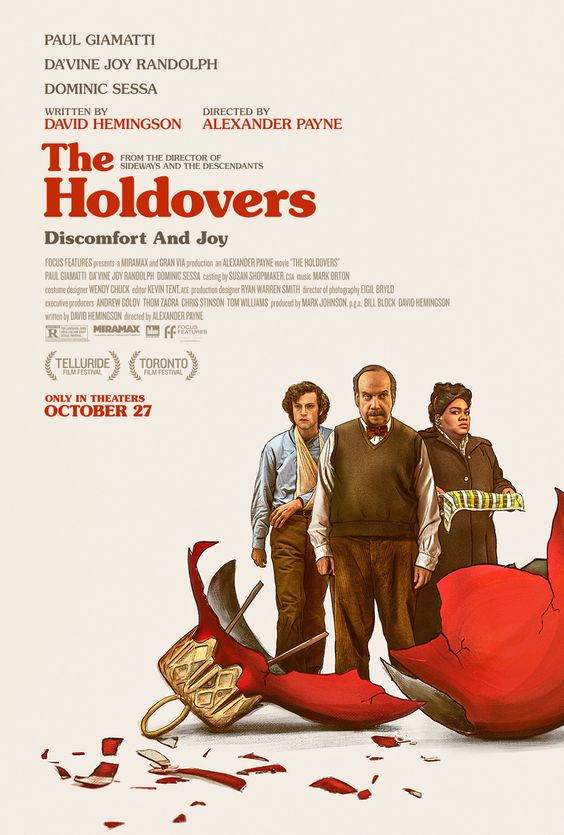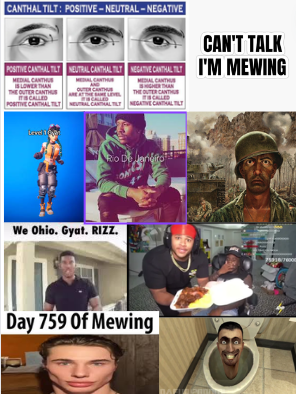The amount of violence in the mass media being released recently is concerning

The Walking Dead, a show that has been on for a while that portrays a lot of violence
Every night, I wind down my evening on the couch with my family watching TV. It’s something we’ve done for as long as I can remember, and I always look forward to it. Last week, we finished the show we were watching, and we had to find something new. My parents like to re-watch shows that they’ve seen before so that they can accomplish work at the same time. But, this time, we wanted to try something different.
As we were thinking about the shows that have come out recently that everyone in my family would like, we were stuck. We realized that many of the shows that people are constantly raving about are very violent. That does not suit the taste of mom and me.
But, why are so many new shows so violent? And what does that say about the people creating them and the people enjoying them?
PubMed Central says, “Negative emotions experienced automatically by viewers in response to a particularly violent or gory scene decline in intensity after many exposures.” This means that people’s reactions to violence can change after much exposure to violent mass media. They can go from having increased heart rate and discomfort to not batting an eye at violence. This isn’t good.
If people don’t think twice about the violence they see on television, then they begin to not think twice about the violence they see in real life. Your brain could be “rewired” to think of violence as okay. That’s not okay.
Your brain could be “rewired” to think of violence as okay.
According to an article on Key Facts, “The average child who watches 2 hours of cartoons a day may see nearly 10,000 violent incidents each year, of which the researchers estimate that at least 500 pose a high risk for learning and imitating aggression and becoming desensitized to violence.” When humans—especially children—view violent mass media, they are more prone to committing violence. One of the long-term effects of violent television is mimicry (according to PubMed Central). This means that if children identify with someone that is violent on a television show, they will—usually subconsciously—begin to mimic that character. That can lead to the child or adult behaving in a violent manner or not caring about the violence they see in real life.
I, personally, hate violence on mass media. I close my eyes during violent and gory parts of movies and shows—if I even watch them. Violence makes me uncomfortable, and I’d rather not view it. I understand that not everyone feels that way and some people get an adrenaline rush from viewing violence. However, too much violence can lead to the negative outcomes mentioned earlier.
I’m not saying that people shouldn’t watch violent television. I understand the thrill, and I also know that exposing violence to children in small quantities can benefit their understanding of human nature. However, it’s still not a good thing that most of the popular mass media productions, at the moment, are violent.
Obviously, people can still be exposed to violence in other ways than seeing it on a screen, but maybe if we tried a little harder to put out a positive message on the materials that are being viewed across the world, we might like the way our world responds.

Alex is a junior entering her third year on staff. She is the student director for the FHC Theatre program, and she can't wait for this theatre season...

























































































